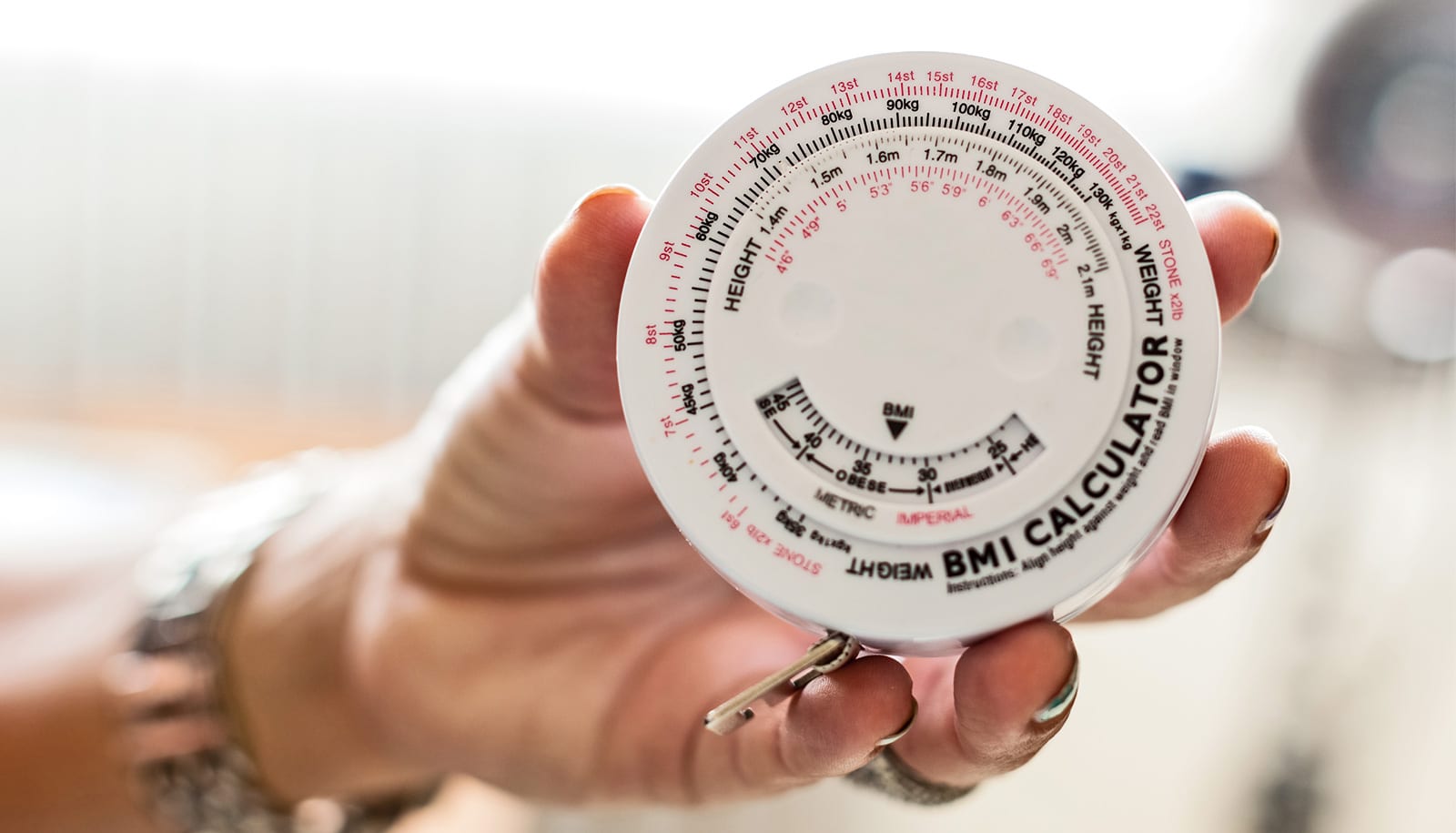Body mass index is a quick, accessible, and low-cost way, based on weight and height, to measure if you’re in a healthy weight range. But it’s not perfect, Wajahat Mehal says.
Anyone can go online and find a free body mass index (BMI) calculator, plug in their weight and height, and get back a number. A chart will show whether that number classifies you as being underweight, at a healthy weight, or having overweight or obesity.
In June, the American Medical Association pointed out how BMI falls short and adopted a new policy encouraging doctors to avoid relying on BMI alone to diagnose obesity. One issue is that BMI was developed based on the bodies of non-Hispanic white men; it may not provide consistently accurate results for people who fall into other categories of sex, ethnicity, and race.
“The problem is not BMI itself, but the tendency to use it as a single focus,” says Mehal, director of the Yale University Metabolic Health & Weight Loss Program. “BMI is just one data point, along with many others, that needs to be considered to determine a person’s health.”
A comprehensive health assessment would also include blood pressure, cholesterol, and glucose measurements, among other data. “All these things start to create a complete picture of a person’s overall health,” Mehal says.
The AMA’s policy is not a mandate but a suggestion—and BMI is not likely to disappear, Mehal adds. Doctors and patients are still free to decide if or how they want to use this tool.
Here, Mehal answers three questions to better understand the AMA’s new policy on BMI:
1. What, exactly, is BMI?
BMI is a calculation—it’s your weight in pounds (or kilograms) divided by the square of your height in inches (or meters). When calculating your BMI using pounds and inches, you will need to multiply your weight by 703, a conversion factor.
Here’s a formula to calculate it at home:
weight (lb) / [height (in)]2 x 703
If your calculator does not have a square function, simply divide weight by height twice.
For example, a person who weighs 200 lbs. and is 5 feet 10 inches tall (70 inches total) would calculate their BMI as follows:
- 200 x 703 = 140,600
- 140,600 / 70 = 2,008.571
- 2,008.571 / 70 = 28.69
- Their BMI would be 28.7
The Centers for Disease Control and Prevention (CDC) provides calculators that will perform this math for different age groups: There is one for adults ages 20 and older and another for children and teens ages 2 through 19.
The CDC describes BMI as a “screening tool” that is not intended to diagnose excess body fat or weight-related illnesses, such as high blood pressure, elevated cholesterol, and type 2 diabetes. You can check a chart to determine whether your number falls into an unhealthy category—for instance, underweight is less than 18.5, overweight is 25 to 29.9, and obesity is 30 and above.
2. Why is it controversial?
BMI has been criticized as being an inaccurate tool. One reason is that a person with lots of muscle and minimal body fat can have the same BMI as a person with obesity who has much less muscle. BMI also varies (because average body fatness varies) among people of different ages and whether they are active or sedentary. That means it can be misleading in some cases. For instance, an athlete with much more muscle than fat can have a BMI in the overweight range.
Another problem is that BMI, invented about 200 years ago by a mathematician in Belgium, was based on European white men and didn’t take into account that a person’s body fat also tends to vary depending on their sex, race, and ethnicity.
The World Health Organization [WHO] offers guidance for different BMI interpretations for Asian people, who have a higher risk for certain metabolic conditions at lower BMIs. It has not yet offered such guidance for Latinos or Black people.
3. If BMI isn’t the best tool, how can you tell if you’re at a healthy weight?
“This question is really about whether a person’s weight in relation to their height, which is basically BMI, is a good indicator of their health,” Mehal says. His answer is that it may be helpful. And he adds that the AMA is not suggesting clinicians eliminate BMI from their toolbox.
But, BMI should not be seen as a sole indicator, he adds. Rather, the AMA suggests that it be used in conjunction with other measures of risk, such as visceral fat (found deep within the abdominal cavity), the body adiposity index (based on hip and height measurement), body composition (the percentage of fat, bone, and muscles), and genetic/metabolic factors, among others.
“One easy way to get a more accurate picture of a person’s health is to measure their waist circumference,” Mehal says.
“I could have two people in front of me, both of whom are 5 feet 9 inches tall and 210 pounds, and one is lean and muscular, while the other has less muscle and more fat distribution in their belly.”
The person with more belly fat would have a greater waist circumference, which is associated with a higher risk of heart disease, diabetes, and liver problems, he says.
The risk for health problems from being overweight increases with a waist circumference of more than 40 inches in men and 35 inches in women, even if their BMI is below the “overweight” range.
Still, many people who aren’t medical professionals use BMI to monitor whether their own weight is in a healthy range.
“That’s fine—to a degree,” Mehal says. “But people shouldn’t follow it to the extreme. Sometimes, people think BMI is an all-revealing number. It’s not.”
Anyone concerned about their weight or other health issues should consult a medical professional for a comprehensive health assessment, he adds.
Source: Yale University



